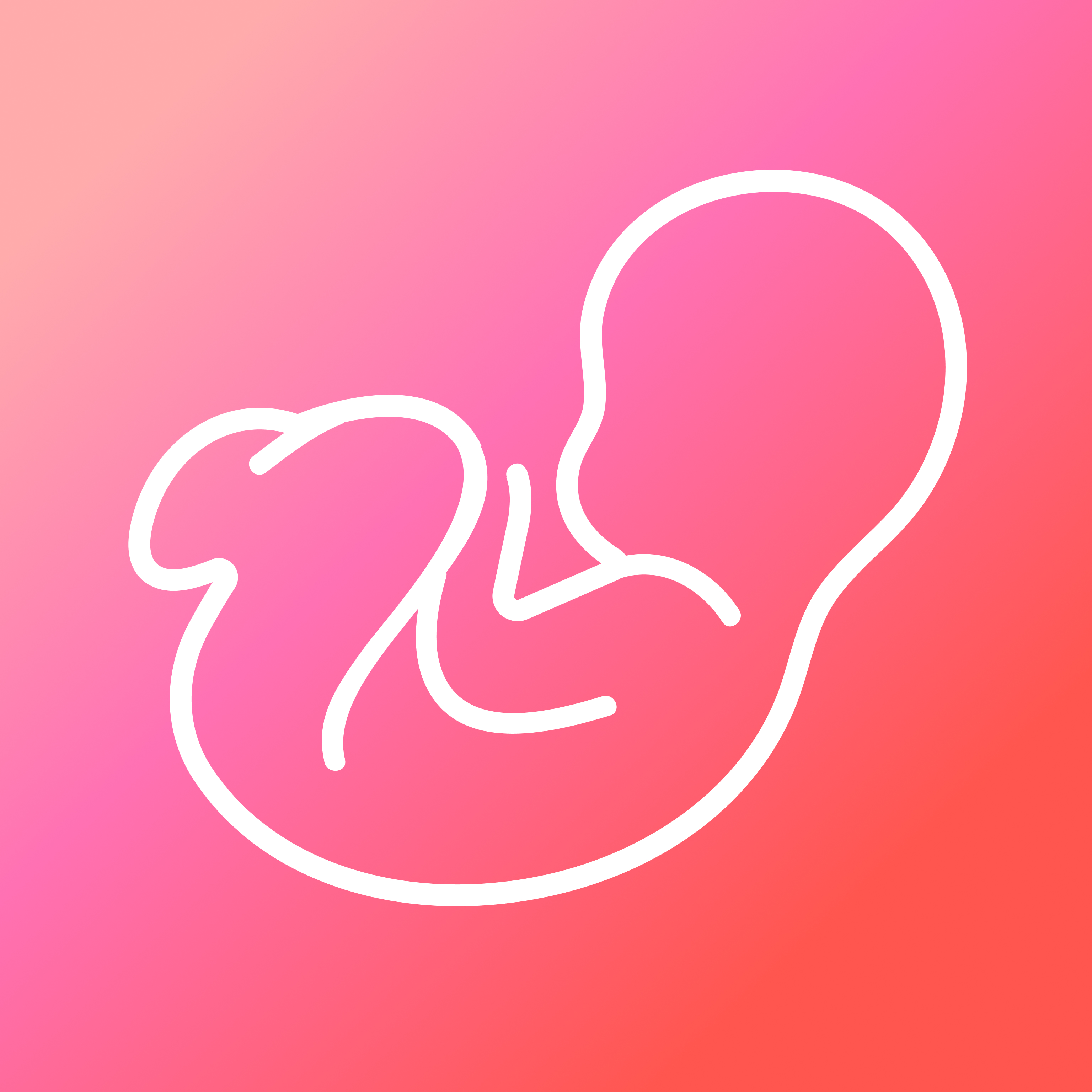Often known as “pregnancy mask”, skin discoloration refers to patches or areas of skin that appear to be darker than usual.
It might look like tan patches, red spots or a blackish pattern. It is caused by hormonal changes in the body.
It is a common yet worrisome symptom for many expecting mothers. It can happen anytime during pregnancy, but it is most common during the second and third trimesters.
Some women find their skin discoloration extends to their face, belly, and nipples, while some experience it all over their body.
Though this can be an unsettling cause of concern for many expectant mothers, it does not pose any harm to you or your baby. Doctors typically recommend that women avoid worrying and instead embrace the beautiful changes that come along with pregnancy.
With time, these patches will eventually lighten and fade away after giving birth.
While there's not much you can do to prevent hormonal fluctuations, here are a few smart steps you can take to protect your skin from damaging UV rays that may make skin changes more noticeable.
- Apply broad-spectrum sunscreen with high SPF daily to protect against UV rays.
- Use sun-protective clothing, wide-brimmed hats, and sunglasses when outdoors.
- Consider using skin care products containing ingredients like niacinamide or vitamin C to mitigate discoloration.
It’s important to know that a skin color change is not a cause for alarm. However, in some rare cases, it can be a symptom of an underlying condition like PUPPP or cholestasis.
If you find that it is causing you extreme discomfort or intensifying, seeking medical attention from your care provider can alleviate your worries and ensure that everything is progressing as it should.









Answer
0